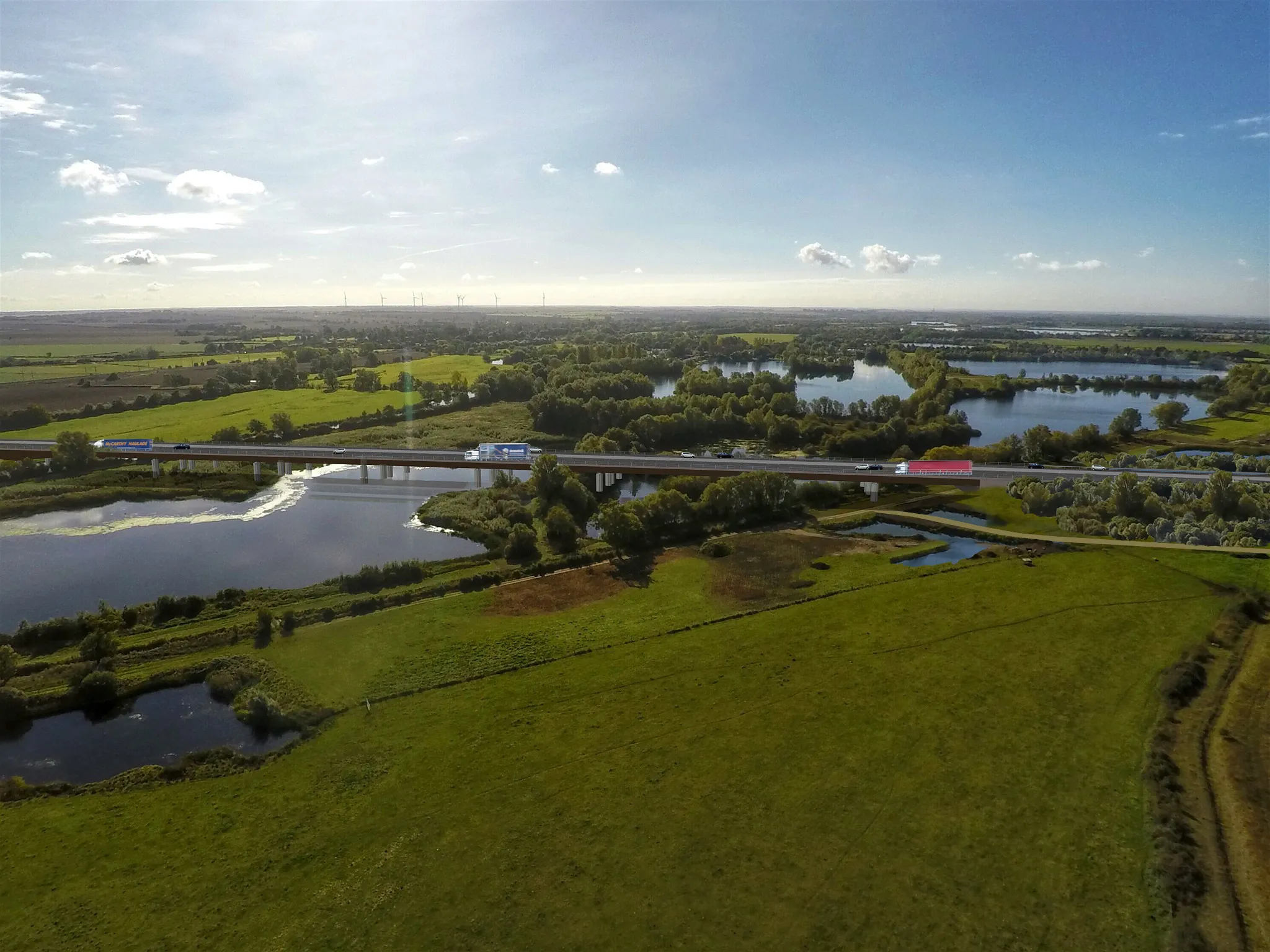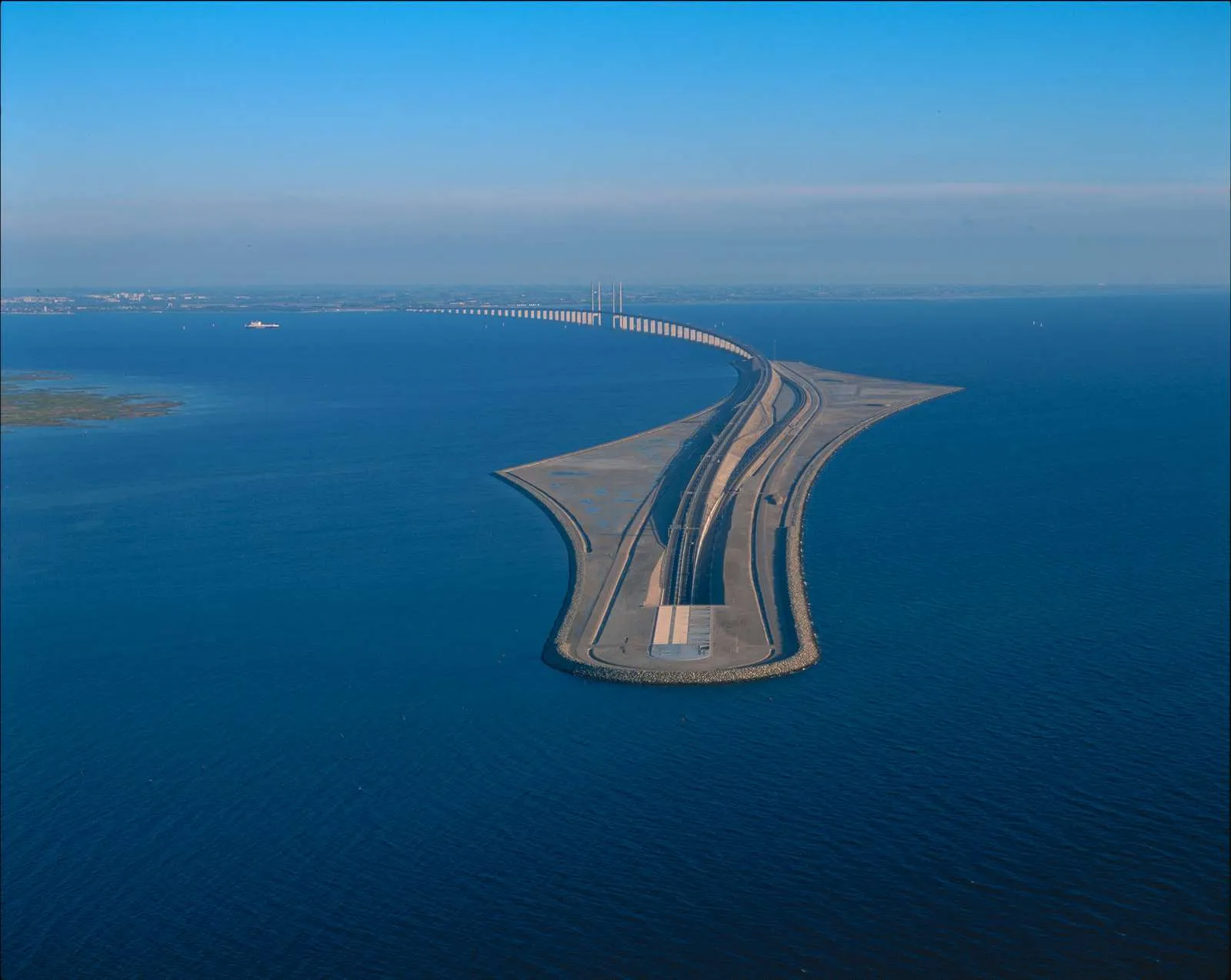
The town of Lowestoft on England’s North Sea coast will get a €138 million second bascule bridge as a third crossing over Lake Lothing.
The original cost was estimated at €101 million, including €81 million from the UK’s Department for Transport and €20.3 million in local contributions of which around €11.1 million is from Suffolk County Council.
According to a report by the BBC, the new estimated construction cost is €138 million plus a further €21 million to provide "an emergency pot of money should any unforeseen issues arise and caters for any further complications caused by coronavirus".
Work on the bridge, called the Gull Wing Bridge, is expected to start early next year with opening in summer 2023. Farrans was recently appointed by tender as the main contractor. But preliminary work is underway, with Suffolk-based company Archaeological Solutions digging trial trenches at the site.
Jonny Kerr, operations director for the civil engineering division of Farrans, said the project “is going to mean a great deal to the local community” through hiring of local workers and by using a local supply chain as much as possible.
Lowestoft, population of around 72,000, is about 180km north-east of London and on the North Sea coast. Lake Lothing is a saltwater lake and forms part of the Port of Lowestoft. It is bridged in the centre of town by an existing bascule bridge and further out in the marshland area called Oulton Broad by a vertical lift bridge and a rail swing bridge.
The existing bascule bridge, called A47 bascule bridge, is 47years old and is part of the trunk route A47. The bridge links north and south Lowestoft with around 14,000 vehicles using the crossing daily and it allows ships access into Lowestoft harbour. It had repairs costing £230,000 to the lifting mechanism in 2018.









